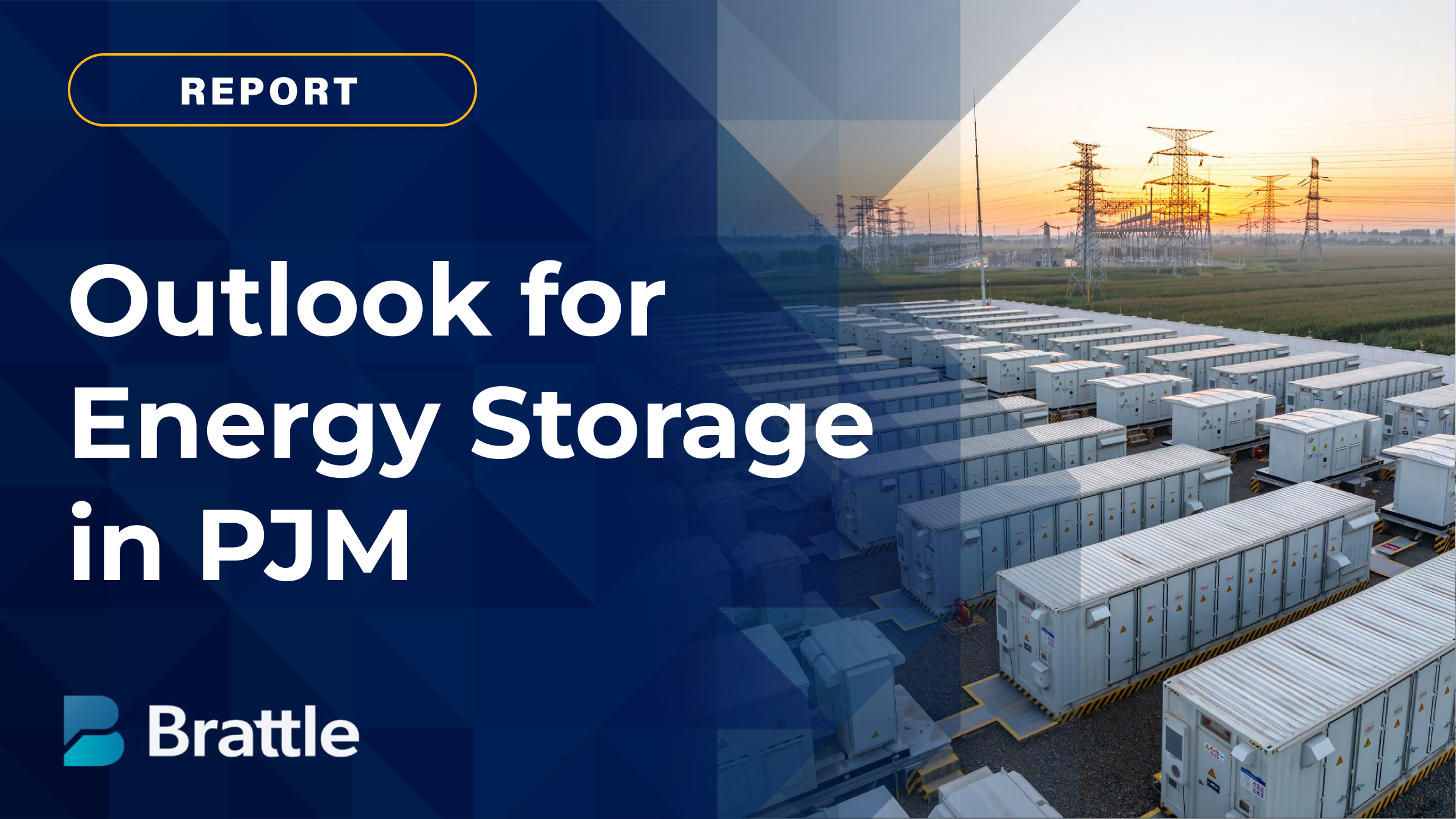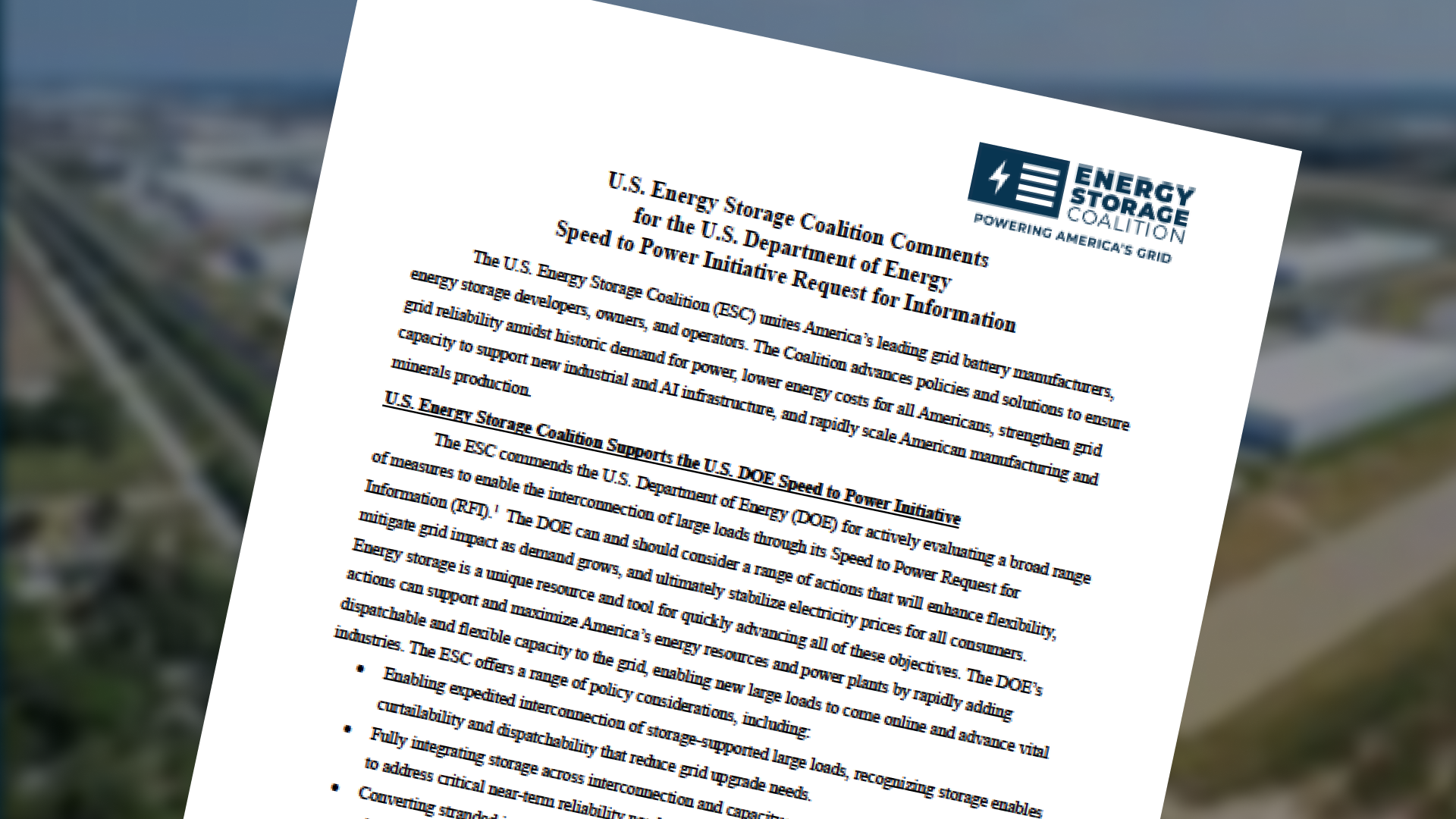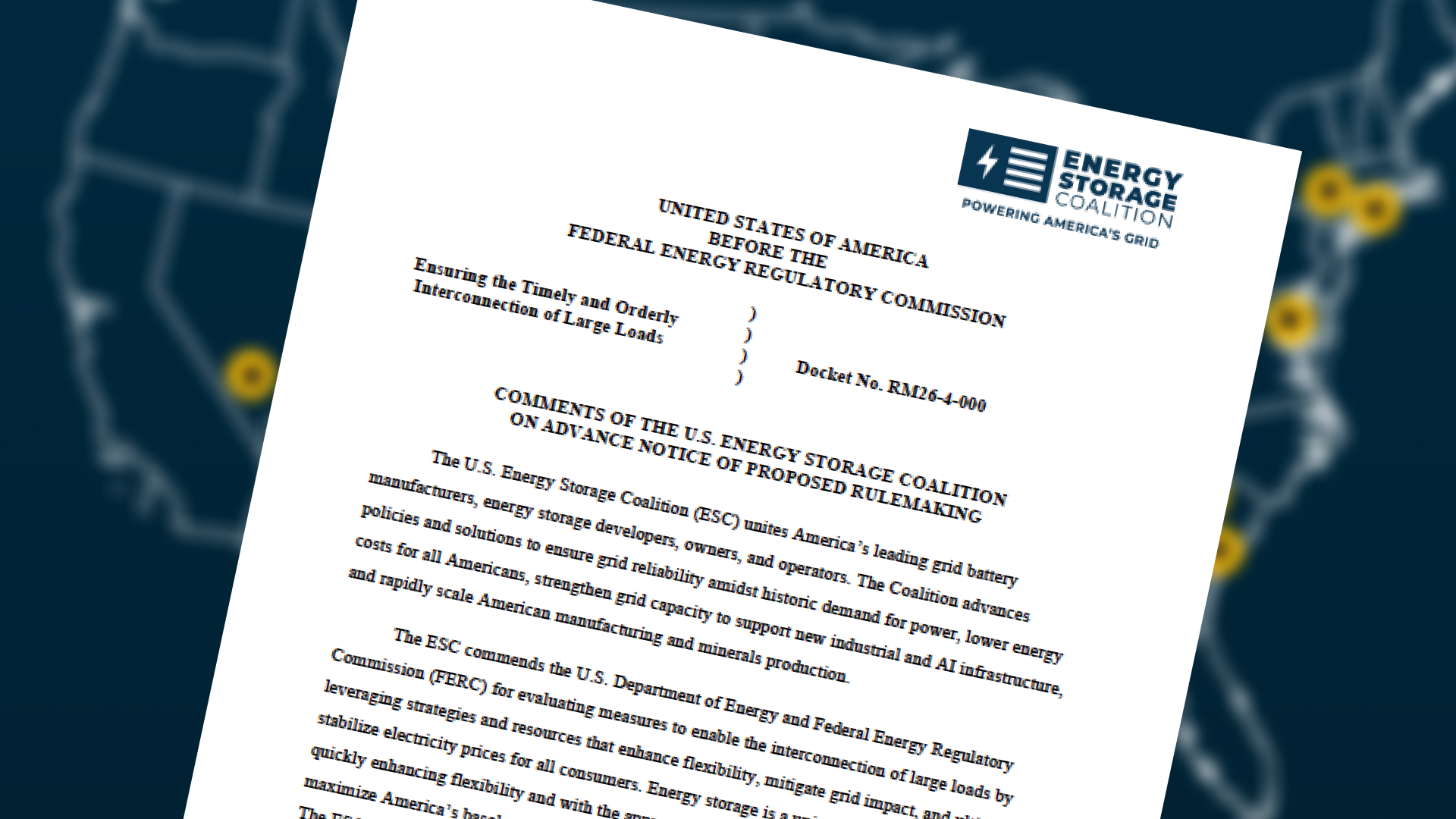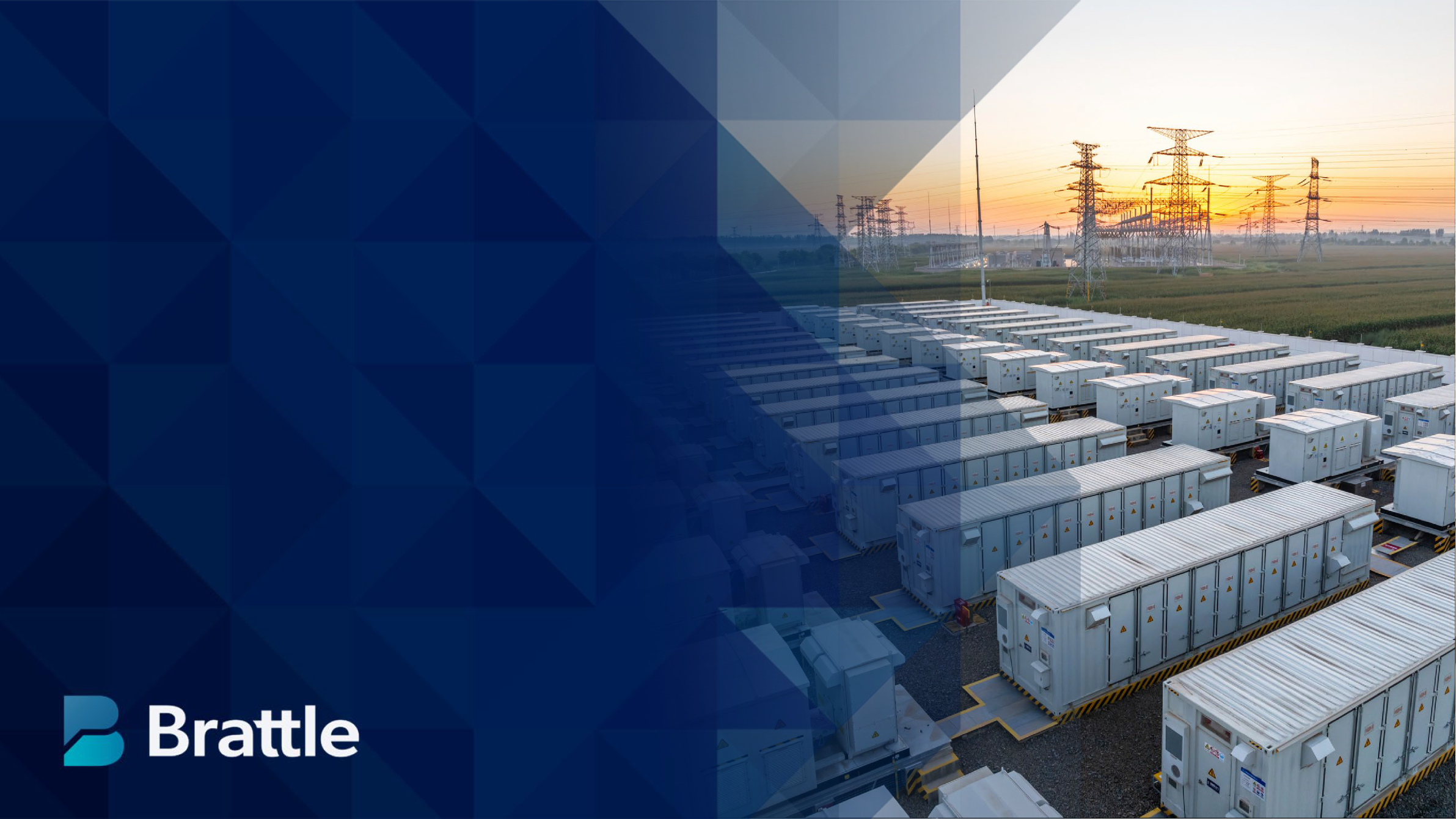
Outlook for Energy Storage in PJM
Interconnection backlogs, long wait times for new generation, and trade barriers are slowing progress, making battery storage a critical near-term and long-term solution to balance supply, manage peak demand, and complement both renewable and thermal resources.
The report emphasizes that energy storage not only strengthens grid resilience but also delivers major economic benefits, including lower energy costs, billions in new investment, and thousands of local jobs. However, regulatory and market barriers threaten to delay urgently needed projects already in PJM’s queue. To meet demand, the report calls on PJM and state policymakers to streamline interconnection, reform market rules to properly value storage, clarify transmission charges, and modernize permitting standards. Without decisive action, millions of homes and businesses could face costly and dangerous reliability risks within the next decade.
Key Takeaways:
- PJM requires 16 GW of storage by 2032 and 23 GW by 2040 to maintain reliability.
- Falling short could result in 15 GW of load shed during extreme weather and a 38% rise in electricity costs by 2028.
- Storage uniquely complements renewables and gas, providing dispatchable power during peak demand.
- Hundreds of storage projects are stalled in PJM’s interconnection queue, representing billions in investment and thousands of jobs.
The research in this report was conducted by Brattle, a third party.

.svg)





